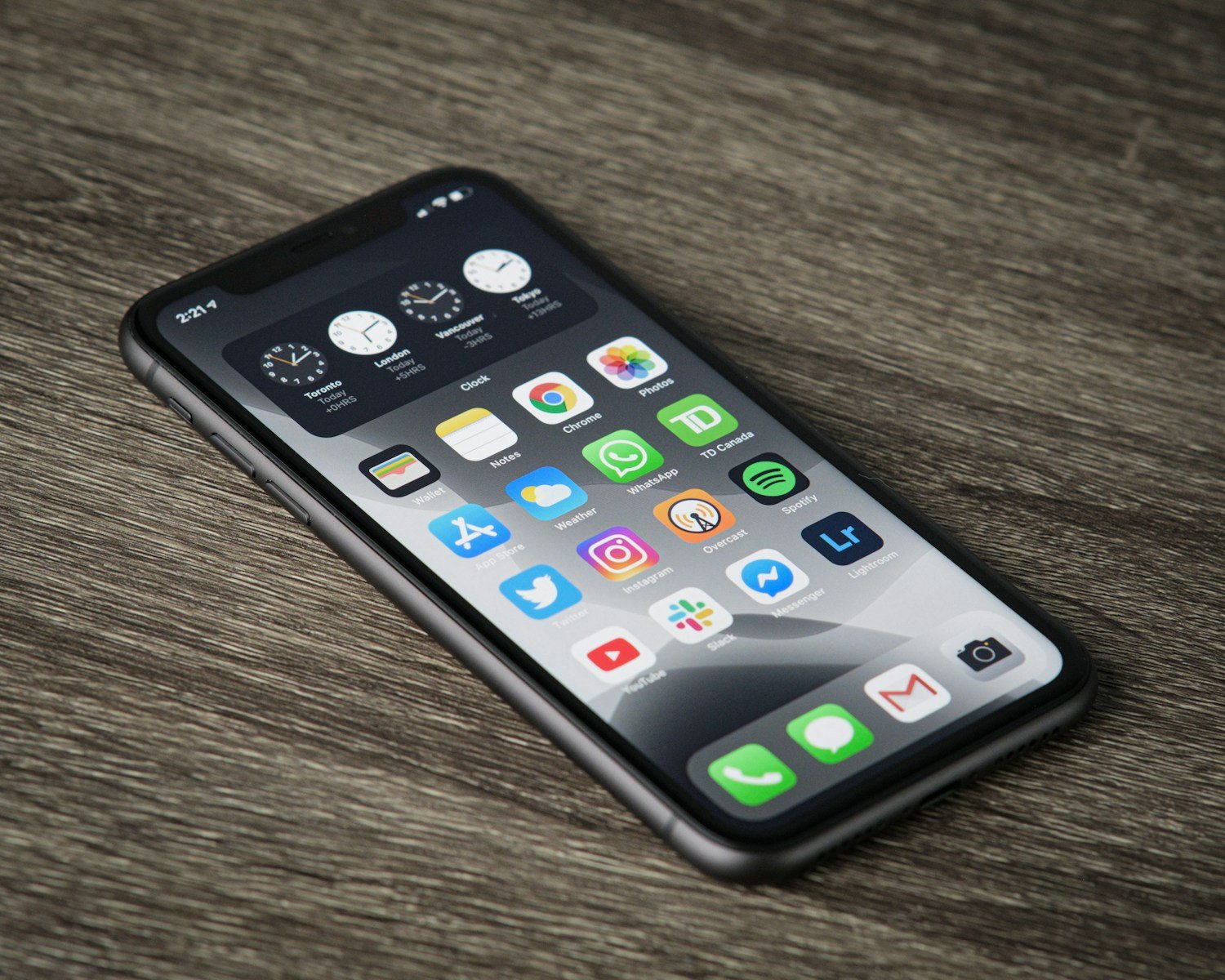A frozen or unresponsive iPhone can be a source of frustration for any user. The issue can stem from software glitches, app errors, or hardware problems. To remedy this, one can perform a series of straightforward troubleshooting steps to revive the phone’s functionality. Quick action may restore normal operation without the need for more complex solutions.
Resolving a frozen iPhone typically begins with a soft restart; a simple yet effective way to clear minor software hiccups. Additionally, for persistent issues or if the device is completely unresponsive, a force restart is often the next step. This process can vary depending on the model of the iPhone. If the problem continues, charging the device or checking for hardware damage might be necessary.
What to Do If Your iPhone Freezes: A Step-by-Step Guide
If your iPhone becomes unresponsive or frozen, here are the best steps to quickly fix the issue and get your device working again:
1. Force Restart Your iPhone
A force restart refreshes the device’s memory and closes any stuck processes causing the freeze.
- iPhone 8 or later (including iPhone SE 2nd/3rd gen):
Press and quickly release the Volume Up button, then press and quickly release the Volume Down button, then press and hold the Side button until the Apple logo appears. - iPhone 7 and 7 Plus:
Press and hold both the Volume Down button and the Side button until the Apple logo appears. - iPhone 6s or earlier (including iPhone SE 1st gen):
Press and hold both the Home button and the Top (or Side) button until the Apple logo appears.
This method is a quick and effective way to unfreeze your iPhone without losing any data.
2. Charge Your iPhone
Sometimes an iPhone may freeze because the battery is critically low. Connect your iPhone to a charger and let it charge for at least 30 minutes before trying to use it again.
3. Update iOS
A frozen iPhone can be caused by software bugs. If your iPhone becomes responsive again, check for and install the latest iOS update:
- Go to Settings > General > Software Update and install any available updates.
Keeping your iOS up to date can prevent freezes caused by software glitches.
4. Reset All Settings or Erase Content (If Problem Persists)
If freezing continues, you might need to reset your iPhone settings or perform a full reset:
- Go to Settings > General > Transfer or Reset iPhone.
- Choose Reset or Erase All Content and Settings (this will delete all data, so back up first).
This step is more drastic but can resolve persistent freezing caused by corrupted settings or software issues.
5. Contact Apple Support
If none of the above works, the issue could be hardware-related. Reach out to Apple Support or visit an Apple Store for professional help.
Following these steps should help you quickly resolve most iPhone freezing issues and get your device back to normal operation.
Key Takeaways
- A soft restart can often resolve minor software issues.
- Force restarting is the next step for more persistent problems.
- If issues continue, checking the device’s charge and hardware is advised.
Immediate Actions to Unfreeze Your iPhone
If your iPhone screen becomes unresponsive, certain immediate steps can help restore functionality quickly. By performing a force restart or checking for software issues, you can often solve the freezing problem yourself.
Force Restart Your Device
Force restarting can solve temporary glitches by shutting down the iPhone and starting it up again. This process does not erase any data. Here’s how:
- iPhone 6s, iPhone SE (1st generation), and earlier: Press and hold both the Home button and the top (or side) button until you see the Apple logo.
- iPhone 7 and iPhone 7 Plus: Press and hold both the volume down button and the side button until the Apple logo appears.
- iPhone 8 and later: Press and quickly release the volume up button, then the volume down button. Next, press and hold the side button until the Apple logo shows up.
Check for Software Problems
Sometimes, software issues can cause your iPhone to freeze. Try the following:
- Update iOS: Go to Settings > General > Software Update to check for and install any available updates.
- Review storage: Lack of storage space can lead to problems. Check your storage in Settings > General > iPhone Storage.
- Manage apps: If an app is causing issues, try to update, delete, or reinstall it.
- Reset settings: Go to Settings > General > Reset > Reset All Settings. This won’t erase data like photos or apps but will reset system settings to default.
- Reinstall iOS: As a last resort, you could back up your iPhone to iCloud or your computer and then reinstall the operating system. Use iTunes (or Finder on macOS Catalina and later) to restore the device.
Advanced Solutions and Prevention
When an iPhone remains unresponsive after a forced restart there are advanced methods to fix it. These solutions may resolve deeper software issues or point to hardware problems.
Recovery Through iTunes or Finder
If the iPhone does not respond, using a computer to put the device into recovery mode can help. For this, you need the latest version of iTunes (on PCs or Macs running macOS Mojave or earlier) or Finder (on Macs running macOS Catalina or later). Connect the iPhone to the computer with a USB cable. Press the specific button combination on your iPhone to enter recovery mode. Once in recovery mode, choose to either update or restore the iPhone’s software. If you choose to restore, it will erase all data including apps, settings, and personal files, so it’s important to have an iCloud backup to restore your information afterward.
Contacting Apple Support
For persistent issues or suspected hardware problems, contacting Apple Support is a wise step. They can offer guidance on the next steps which may include setting up an appointment at an Apple Store or with an Apple Authorized Service Provider. If your iPhone is still covered under warranty or AppleCare+, hardware repairs may be at a lower cost or even free. Make sure you have your Apple ID ready as well as any passcodes. Before you visit, back up your iPhone to iCloud to safeguard personal data like photos, contacts, and social media information.







